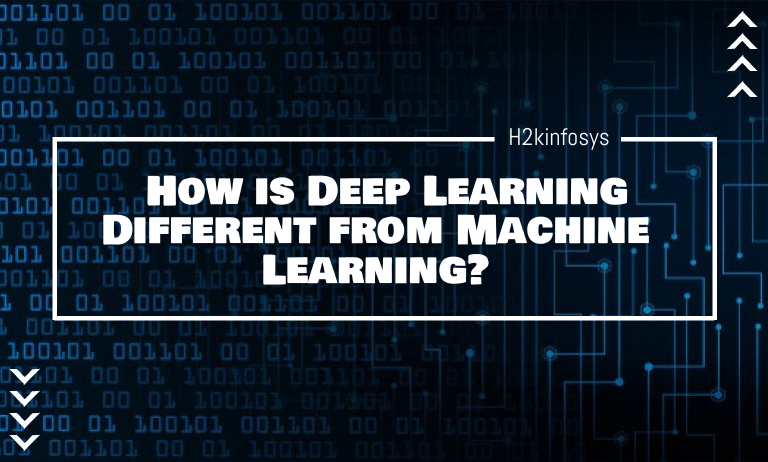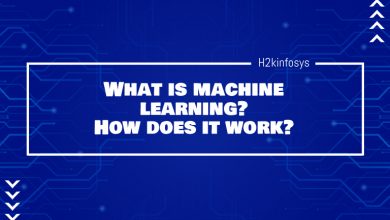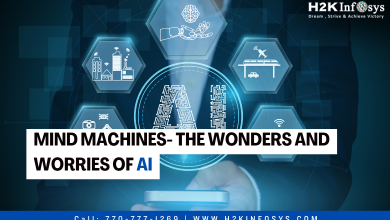How is Deep Learning Different from Machine Learning?

With the advancement of technology, it has now reached a phase where a new technology spikes out every now and then. Notwithstanding, we pick the ones that work the best. Two of these advanced technological terms are Machine Learning and Deep Learning. Furthermore, the more it has seeped into our lives, the more clarity it demands. Thus, let us talk about the true difference between Deep Learning and Machine Learning.
However, in order to understand the difference in a detailed (yet simplified) manner, it is important to learn what is Machine Learning and Deep Learning.
Machine Learning: A Way to Artificial Intelligence
One of the key highlights of intelligence, artificial and not generally artificial, is the capacity to learn. For Artificial Intelligence, a group of machine learning models is answerable for this capacity. Machine Learning is the act of utilizing calculations to break up data, gain and learn from them, and afterward utilize this learning to make a few forecasts about specific things. It is firmly identified with (and frequently overlaps with) computational statistics, which additionally centers around forecast utilizing computer networks. It has solid connections to numerical streamlining. The ‘learning’ part of machine learning implies that its algorithms endeavor to improve along with a specific measurement.
A Way to Implement Machine Learning
Deep Learning is a subset of machine learning where calculations are made and work like those, however, there are various layers of these calculations, each giving an alternate interpretation to the data from which it benefits. It is made out of machine learning calculations, neural networks, and AI. It utilizes multi-level methodologies and approaches to create various solutions. An incredible case of deep learning is Google’s AlphaGo. Google built a computer program with its own neural network that figured out how to play the theoretical board game named Go, which is known for requiring sharp insight and instinct.
Deep Learning vs Machine Learning
Now that we have a basic understanding as to what the terms, Machine Learning and Deep Learning, mean and how they work, let’s go through the differentiating elements regarding the same.
Hardware
Deep learning requires the high-end machines on the grounds that while doing highlights extractions and grouping at an alternate piece of hidden layers requires a ton of huge matrix multiplication, on the contrary of customary ML algorithms, which can take a shot at low-end machines.
Approach
When tackling an issue utilizing customary ML algorithms, it is by and large prescribed to break the assignment into various parts, understand them independently, and join them to get results. On the other hand, Deep learning, conversely, has confidence in taking care of issues start to finish and in an end-to-end approach.
Timing
As you would expect, because of the enormous data collections a deep learning framework requires, and on the grounds that there are several boundaries and complicated numerical formulas included, a deep learning framework can set aside a great deal of effort to prepare. Machine learning can take as little time as a couple of moments to a couple of hours, while deep learning can take a couple of hours to half a month.
A Simple Example
A basic model: If AI is being utilized to perceive individuals’ feelings in pictures, machine learning calculations would include a large number of pictures of faces into the framework. While on the other hand, Deep learning would then assist the system to perceive designs in the faces and feelings they share.
To Conclude,
So what is the difference between Machine Learning and Deep Learning? We trust, having perused this article, you definitely know the response to this question.
ML is a lot of artificial knowledge techniques that are answerable for the capacity of an AI to learn. Deep learning is a subclass of machine learning techniques that review multi-layer neural networks.





